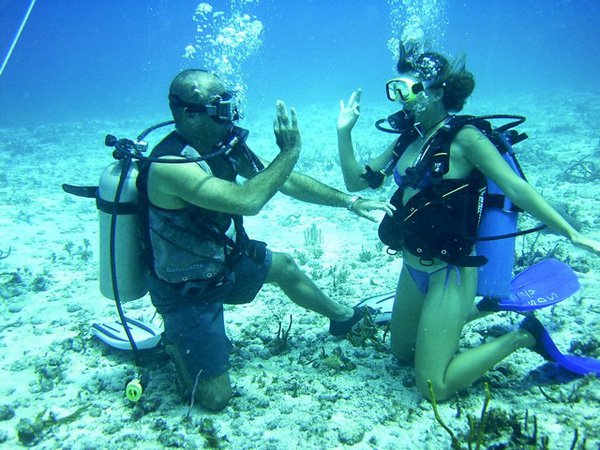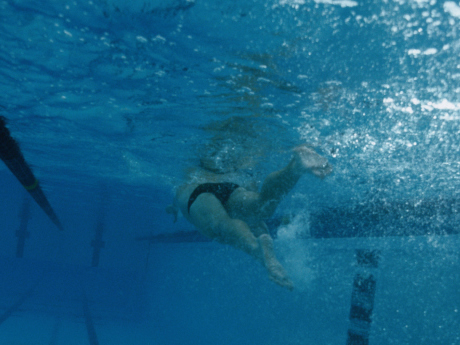
This last Sunday was a perfect day for diving. Warm, sunny weather with very little wind and mild current. About eight divers from my dive club met at 3 Tree to dive one of our favorite spots. We checked the tides and currents and confirmed this to be a perfect northwest day for diving. We were hoping to find an Octopus or two. Puget Sound is home to the larget octopus in the world. At just past 5:00 PM, my dive buddy and I made our way down the easy walk to the small public access beach entry. The parking is very limited at this dive spot and beach access is very confined also. The temperature was warm and in our dry suits we were looking forward to cooling off in the mild 54 degree waters of Puget Sound. We swam out north, northwest, about 50 yards to one of the many buoys lining the shore and decended to approximately 50 fsw. We quickly found a small, juvenile GPO (Giant Pacific Octopus) hiding in a piece of submerged junk. Many dive areas have submerged junk. Some, like at 3 Tree, may have everything from old toilets, to tire reefs, to old motors and sunken boats. 3 Tree is even home to an old wire mesh satelite dish almost 15 feet accross. Many of the critters residing in Puget Sound make their homes in, on or near these artificial reefs, and are able to find safety from preditors and fishing lours. As we continued on to the next structure, we found ourselves at 94 feet deep. The water was so calm and the visibility was so spectacular that it was just easy to get that deep and not really notice. After a few short minutes at depth, it was time to ascend a bit. Spending too much time at that depth severly shortens a dive. Because divers breath compressed air, and due to the extreme presure at deeper depths, time is very valuable. After ascending to about 65 feet, we encountered a sunken boat. This boat has been slowly making its way deeper due to tides, currents and wave actoin from storms. The boats bow is pointing south, but heading down on the bottom. There were two large Octo's living under this old speed boat. We estimated that the larger Octo was at least 20′ across in size. 
GPO and Rockfish
While on my final ascent, I lost my buddy and began making my way back to the exit point on my own. Soon I spotted a small juvenile GPO out in the open. This is a very rare event during the day. Octopus typically hunt at night under the cover of darkness. When I looked down I saw what I thought was just a rock, but then it moved ever so slightly. It was an Octopus – I was very excitited and began composing my shots with great care not to startle or scare him. I wanted to get as many good shots as possible. If you've read my ‘About'page, you'll know that my camera and gear is rather large and bulky. I have two large strobes, one on either side and a large dome port in front. Many creatures I encounter see their relection in my dome port and believe they are being threatened by a preditor. With the first flash of my strobes, the octo began to move. He changed shape and color and began to move toward me. Soon after a small Quilback Rockfish noticed him. Being curious and possibly hungry, the Rockfish attempted to bite the GPO a few times. This was something I had never experienced. About a week ago while diving with another buddy, we witnessed a Ling Cod eating a GPO.The Ling's favorite food is Octopus.
Near the end of my dive, in only about 15 feet of water I encountered a small Moon Snail. Moon Snails typically move through the sand in the shallows and are easy to photograph.
5 Steps to Master the Freestyle Kick for a Triathlon Swim

Should You Join The 3-Wood Revival?


Copyright © www.mycheapnfljerseys.com Outdoor sports All Rights Reserved